Growing your own food is immensely satisfying — but only when you get a crop that’s delicious, plentiful, or definitely worth the effort. It’s a different story when you’ve spent time doting on a single eggplant that turns out to not even be that good. To know where to focus your gardening efforts, here are the top 12 high-impact plants that will actually give a big payoff for the work and money you put into them.
Chives
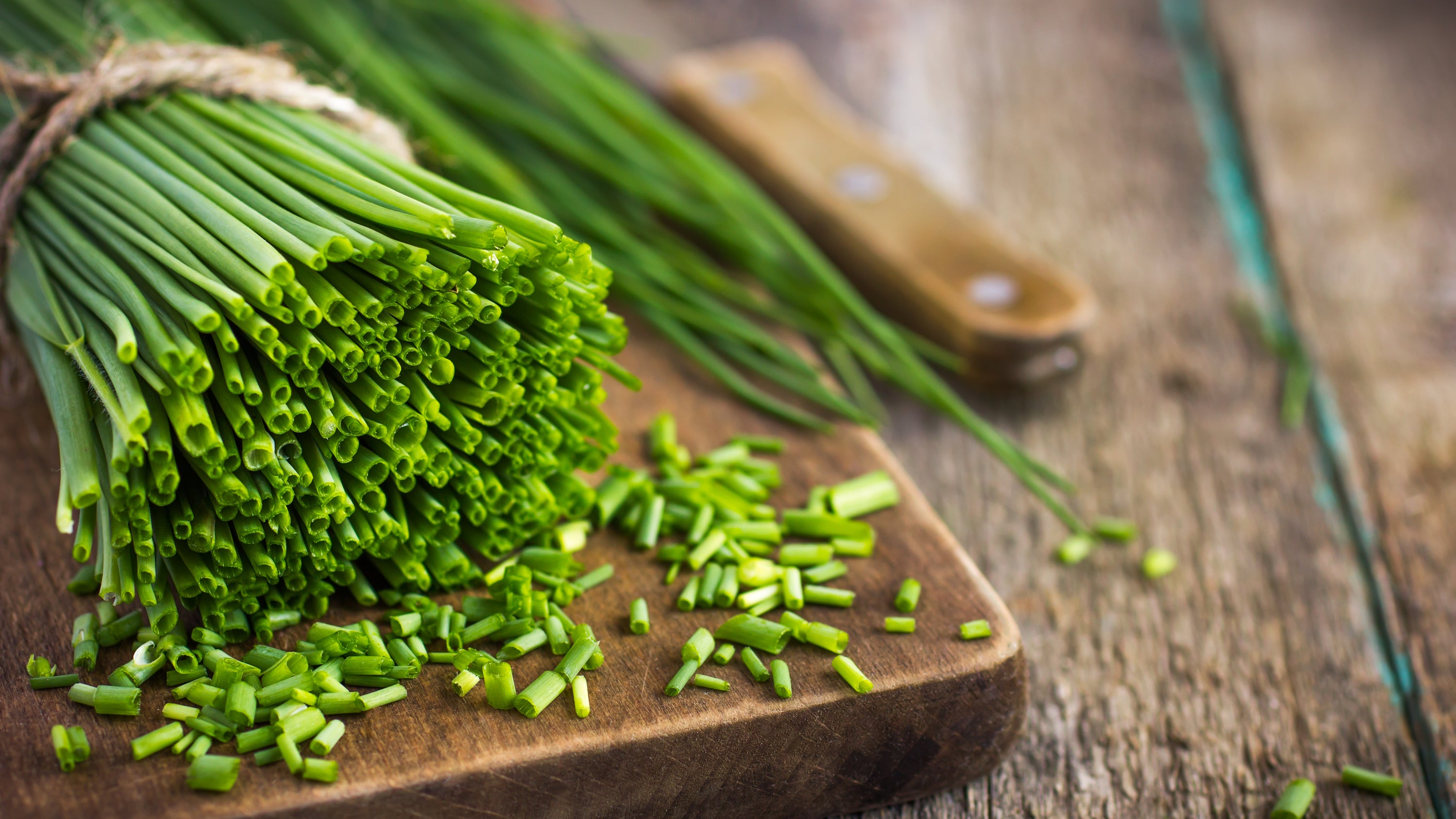
Fresh herbs are the ultimate garden hack. They cost a ton if you need to buy them in bunches from the grocery store, and any extra is likely to go to waste. But if you plant some herbs in your garden, you can harvest them as you need, for pennies per serving. Chives are my favourite herb to grow because they’re flavorful, hardy, and reproduce themselves without help. I’ve been dining on the same $US3 ($4) chive plant for literal years.
Tomatoes
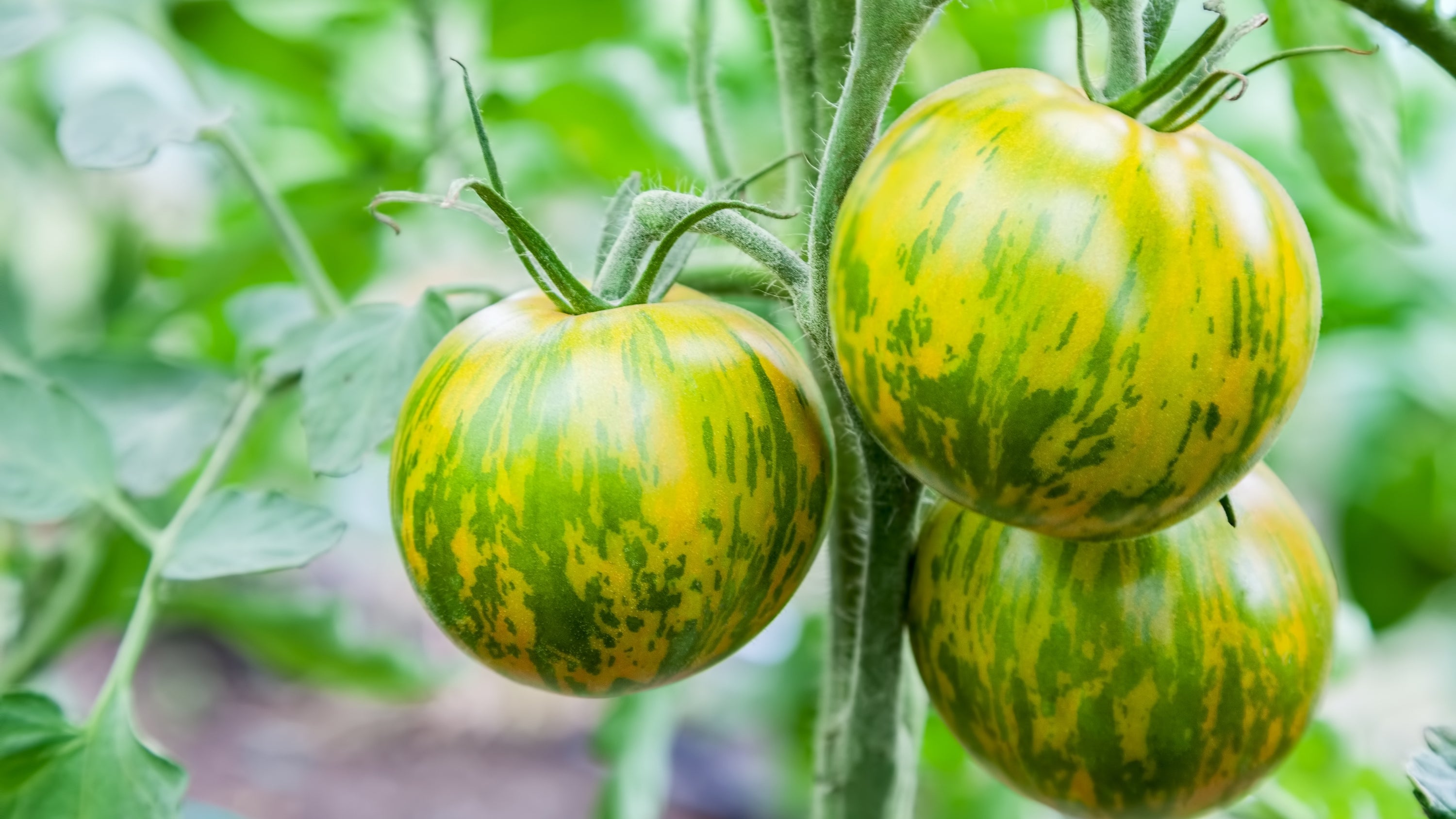
Tomatoes take a little bit of work, but they’re worth it. Grocery store tomatoes are picked before they’re ripe, taking advantage of the fact that tomatoes will ripen on their own. But they aren’t nearly as flavorful that way. Homegrown tomatoes not only taste better because they’re fresh, you can also grow heirloom varieties that don’t show up in supermarkets because they don’t travel well. Try Black Krim and Aunt Ruby’s German Green.
Radishes
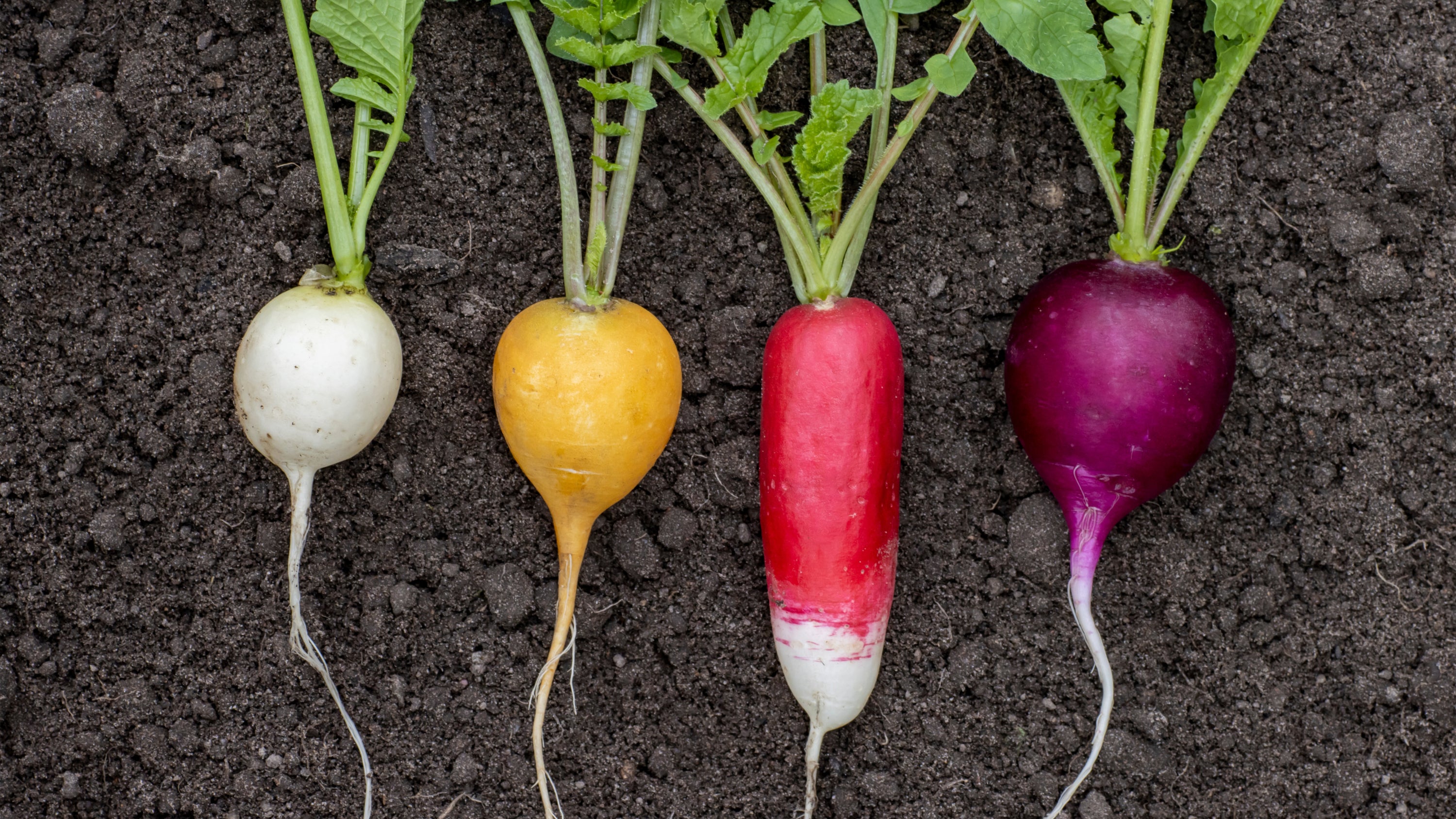
I’ve been known to grow radishes even though I hate radishes just because they’re so much fun. They grow from seed to harvest in a month flat. And, if you actually like the taste, you can plant different varieties. Try French breakfast radishes and the watermelon type that is pink on the inside.
Garlic
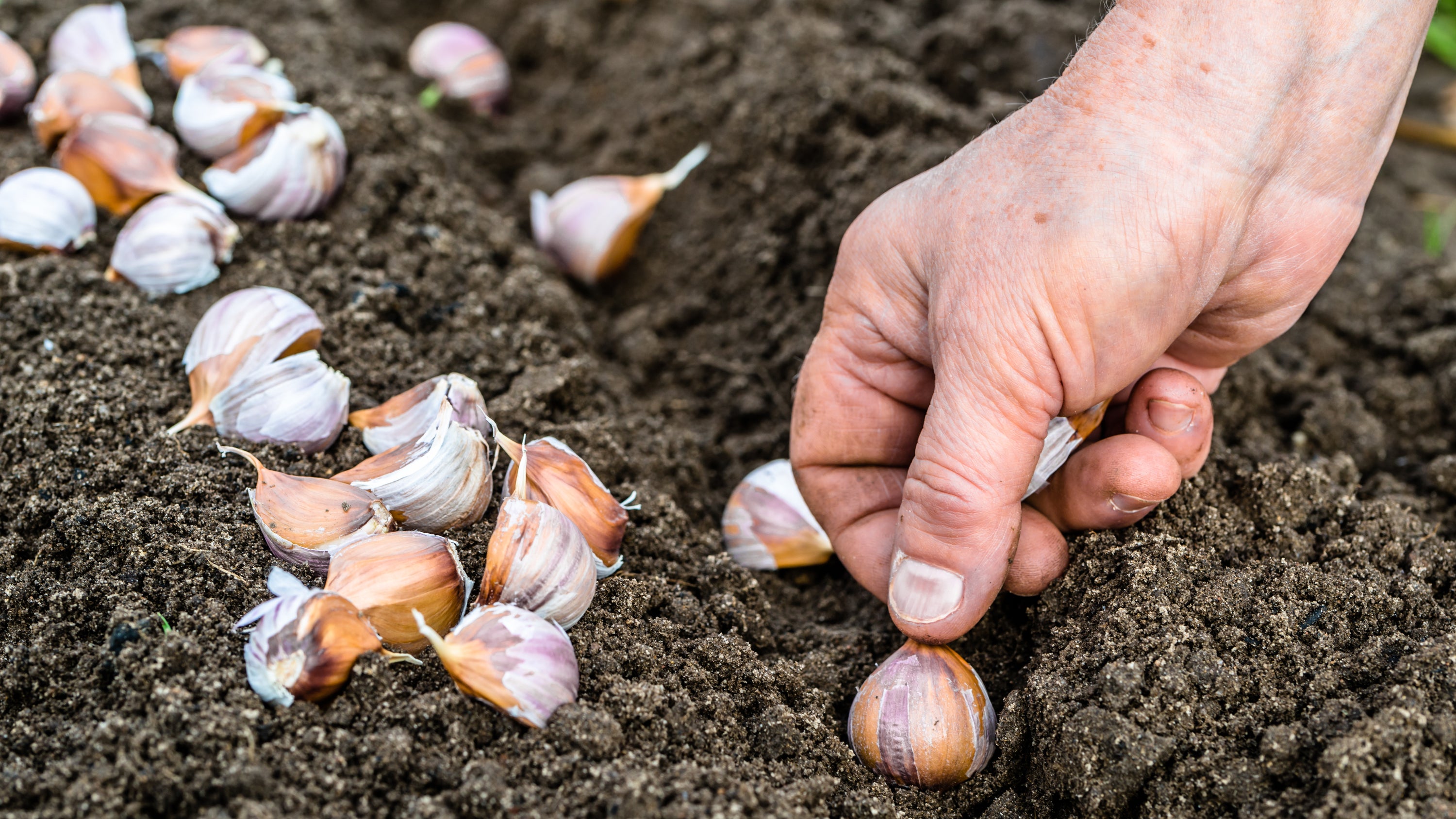
Garlic is one of the lowest-maintenance crops I know. You plant the cloves in the fall and each one will become an entire bulb by summer. I don’t know what else you’re supposed to do with them (water? fertilize?) because I don’t bother doing it, and I get plenty of garlic anyway. If you grow a softneck variety you can make pretty braids out of the plants when you harvest them, and if you grow the hardneck kind (mine are Spanish roja) you get a double harvest, since you can eat the scapes (flower stalks) they send up in early summer.
Apples
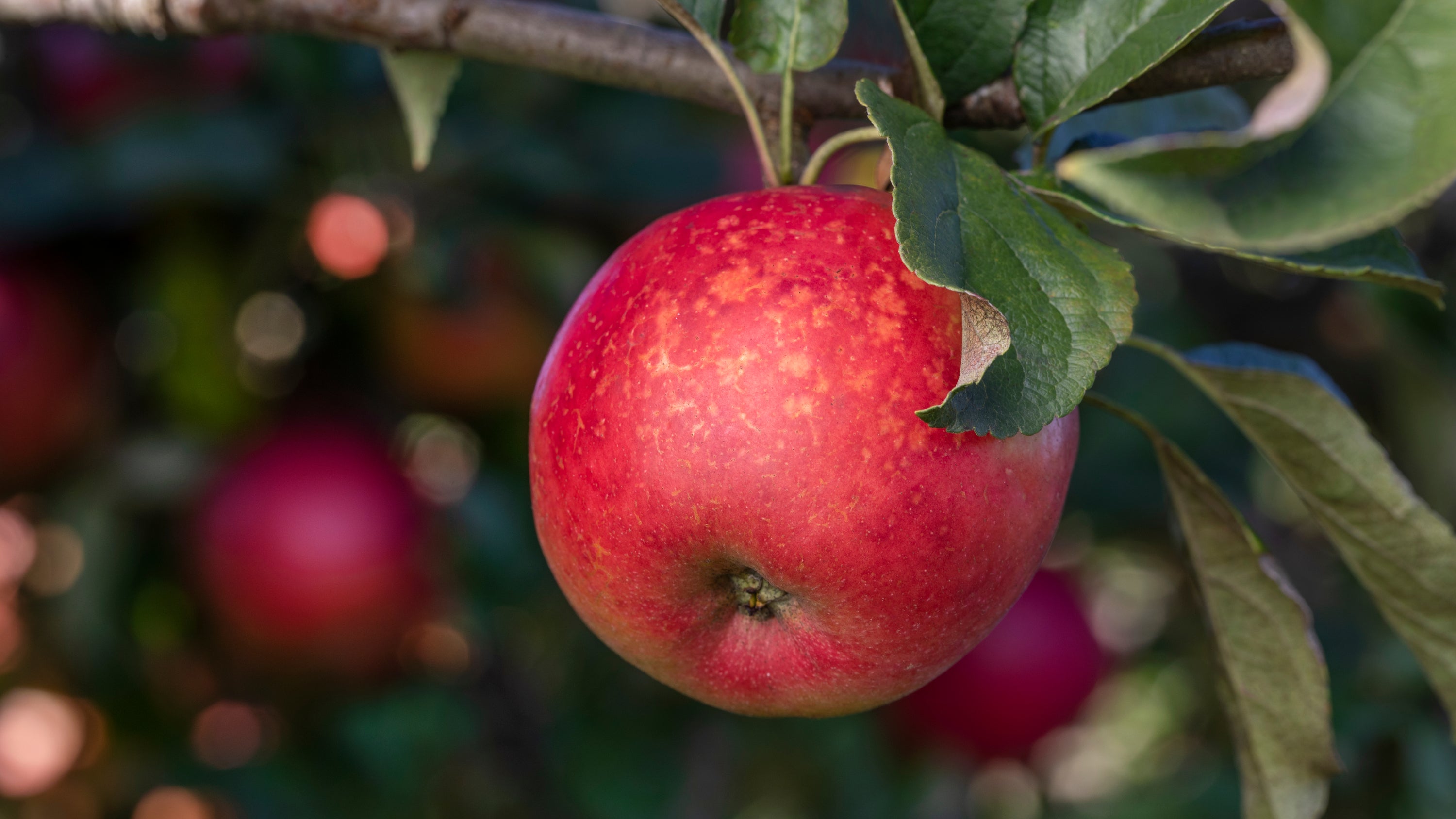
It takes work to get an apple tree established (water it well the first year, and protect it from hungry bunnies and deer through the winter), and you’ll likely need to monitor it for pests. But if you’re willing to put in the work, you’ll get plenty of fresh apples every year. The flowers also look and smell great in the spring.
Salad greens
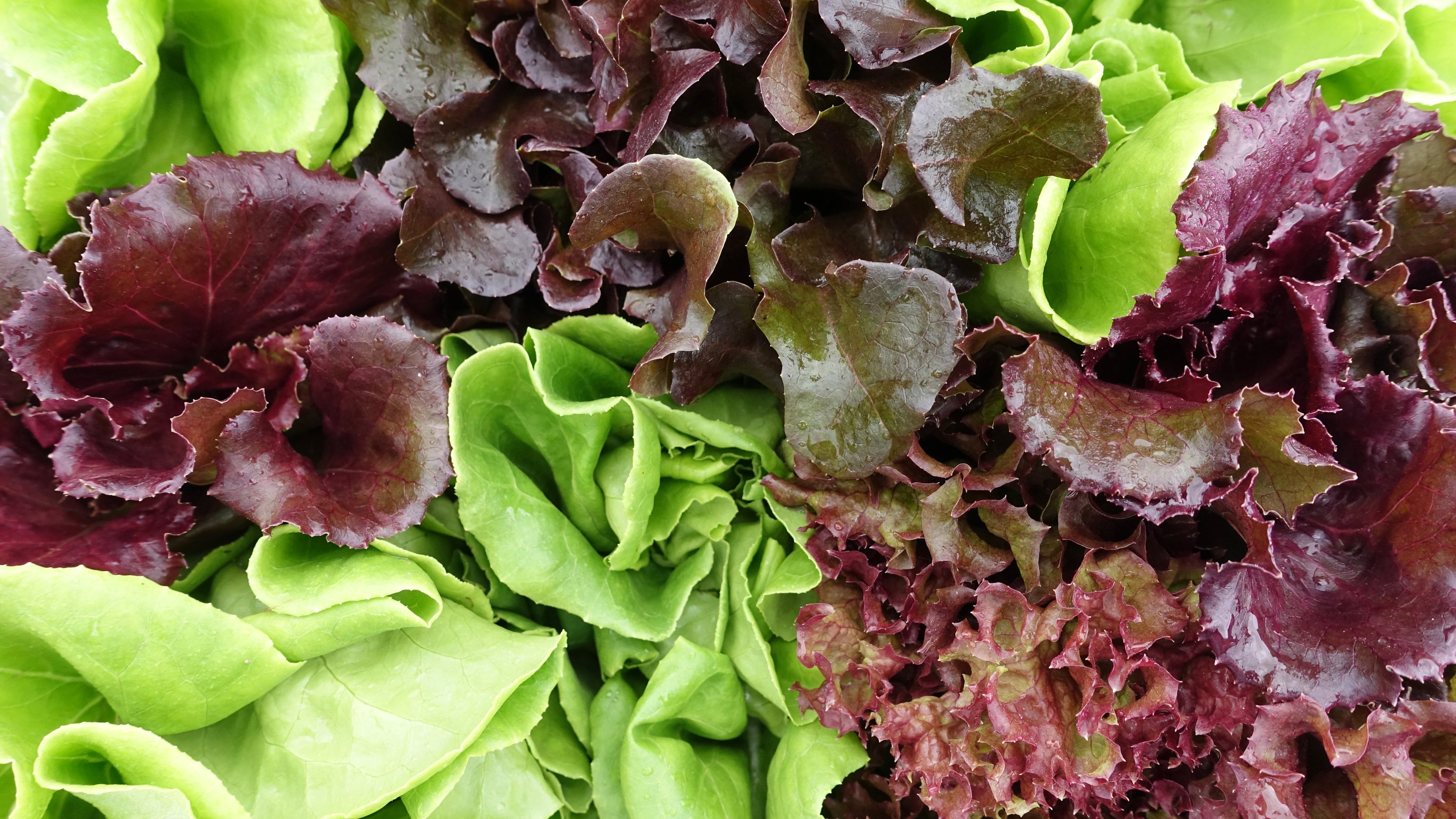
Like radishes, salad greens give instant gratification. I don’t even bother growing entire heads of lettuce — instead, I harvest a few leaves (not the whole plant) when they’re big enough to be edible. Look for a seed packet labelled as “mesclun,” which will usually have an assortment of lettuces and greens of different colours and textures. (And when you’re harvesting, grab some of the young greens from your radishes to throw in the mix.)
Hot peppers
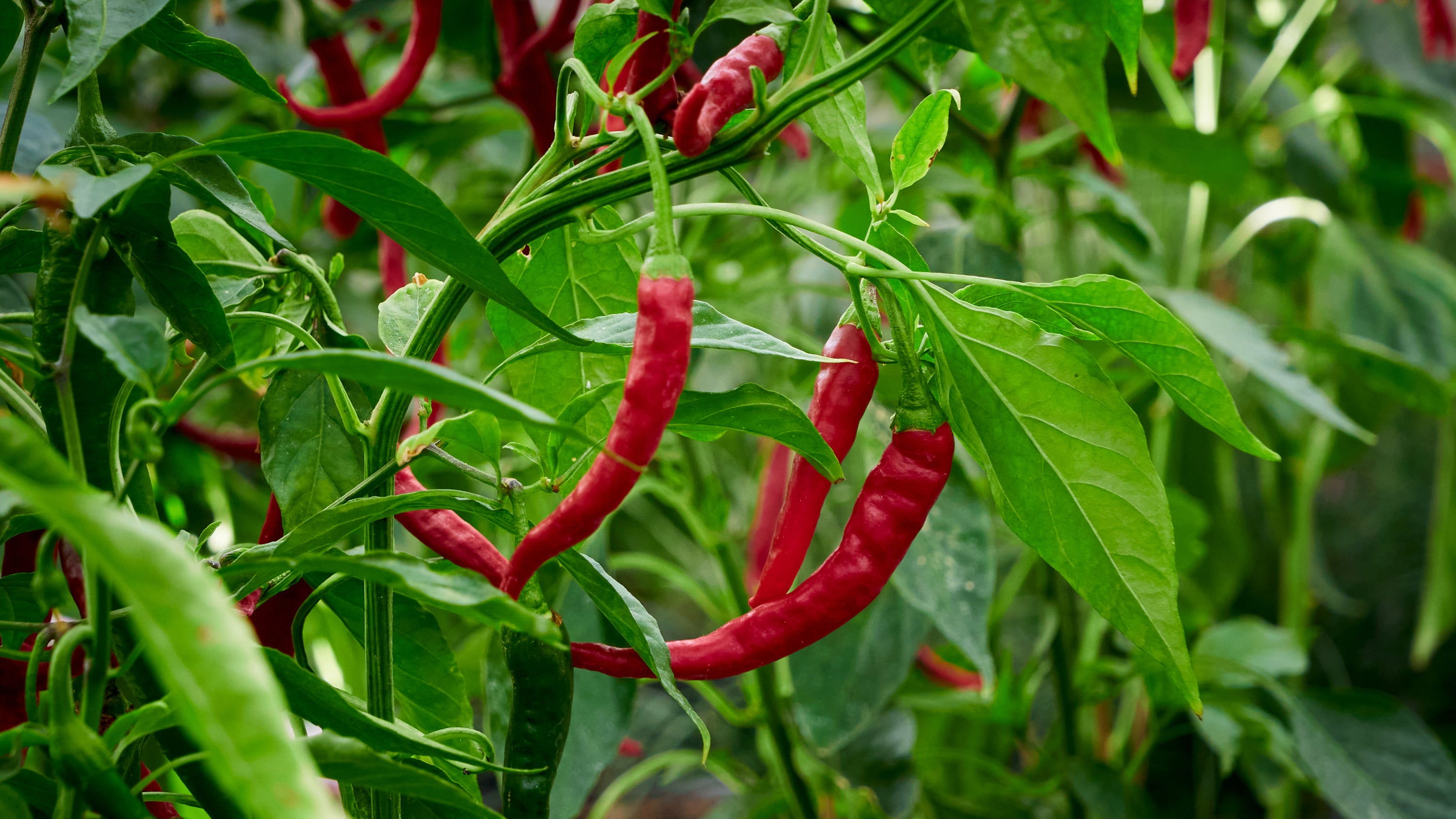
A single pepper can bring a lot of heat to a dish, so even a small harvest is easily worthwhile. Bell peppers also tend to do well in the garden, and considering they’re usually a dollar or more apiece at the store, you can save some money if you get good at growing them.
That said, a pepper’s flavour depends on the weather (hotter is better) and the soil chemistry. They also don’t tend to start producing until late in the season, at least if you live in a climate like mine where seasons are short. So they’re less of a sure thing than some of the other veggies on this list, but if you love peppers and are willing to troubleshoot a bit, you can get a great payoff.
Pumpkins
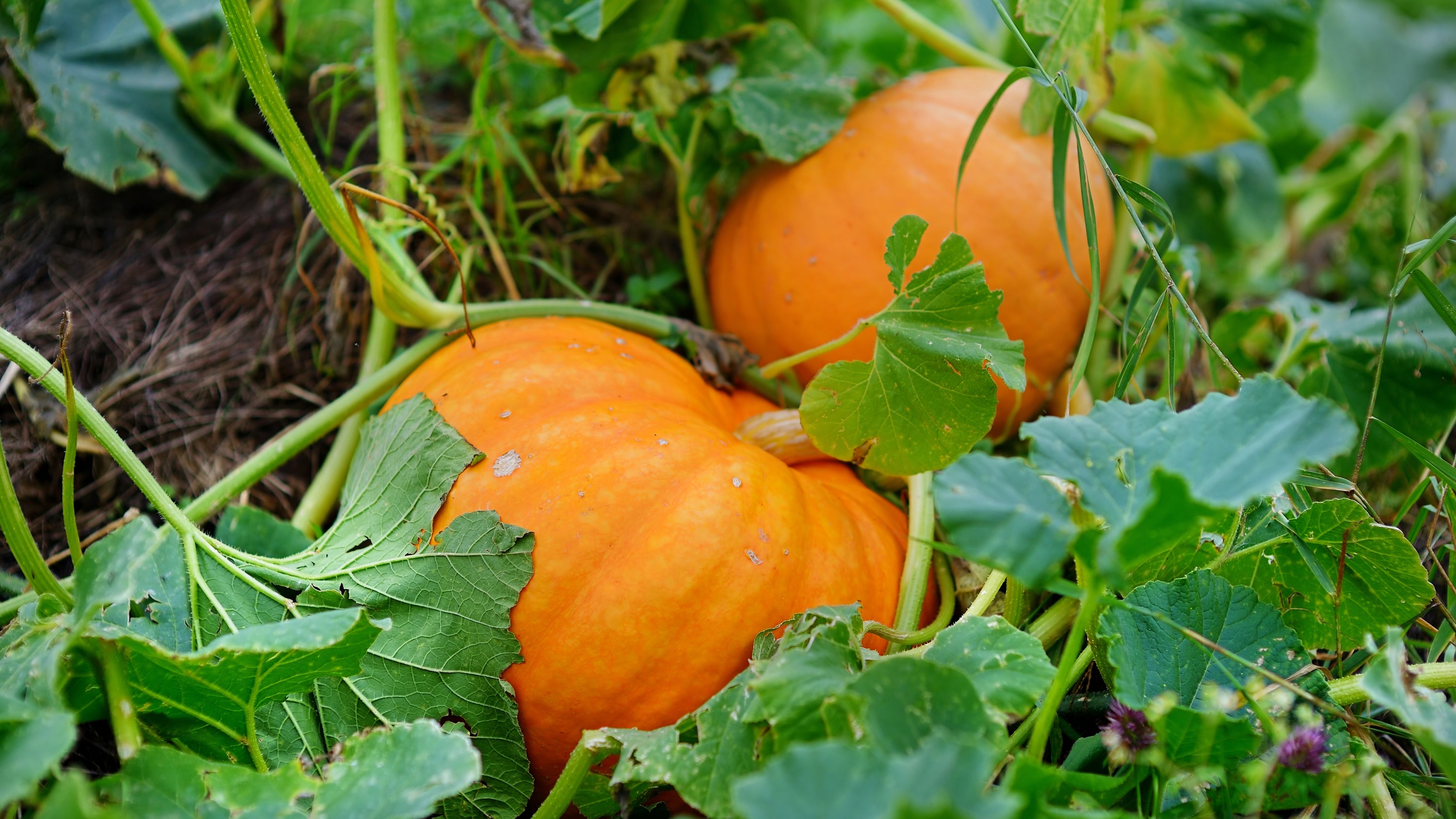
Pumpkins and other winter squash are a great set-it-and-forget-it crop. Plant the seeds directly in the ground at the beginning of the season, and then watch the vines grow. They need a lot of space, but not much work aside from guiding the vine away from the rest of the garden so it doesn’t smother the other plants. And then, in the fall, you get your pumpkins.
Onions
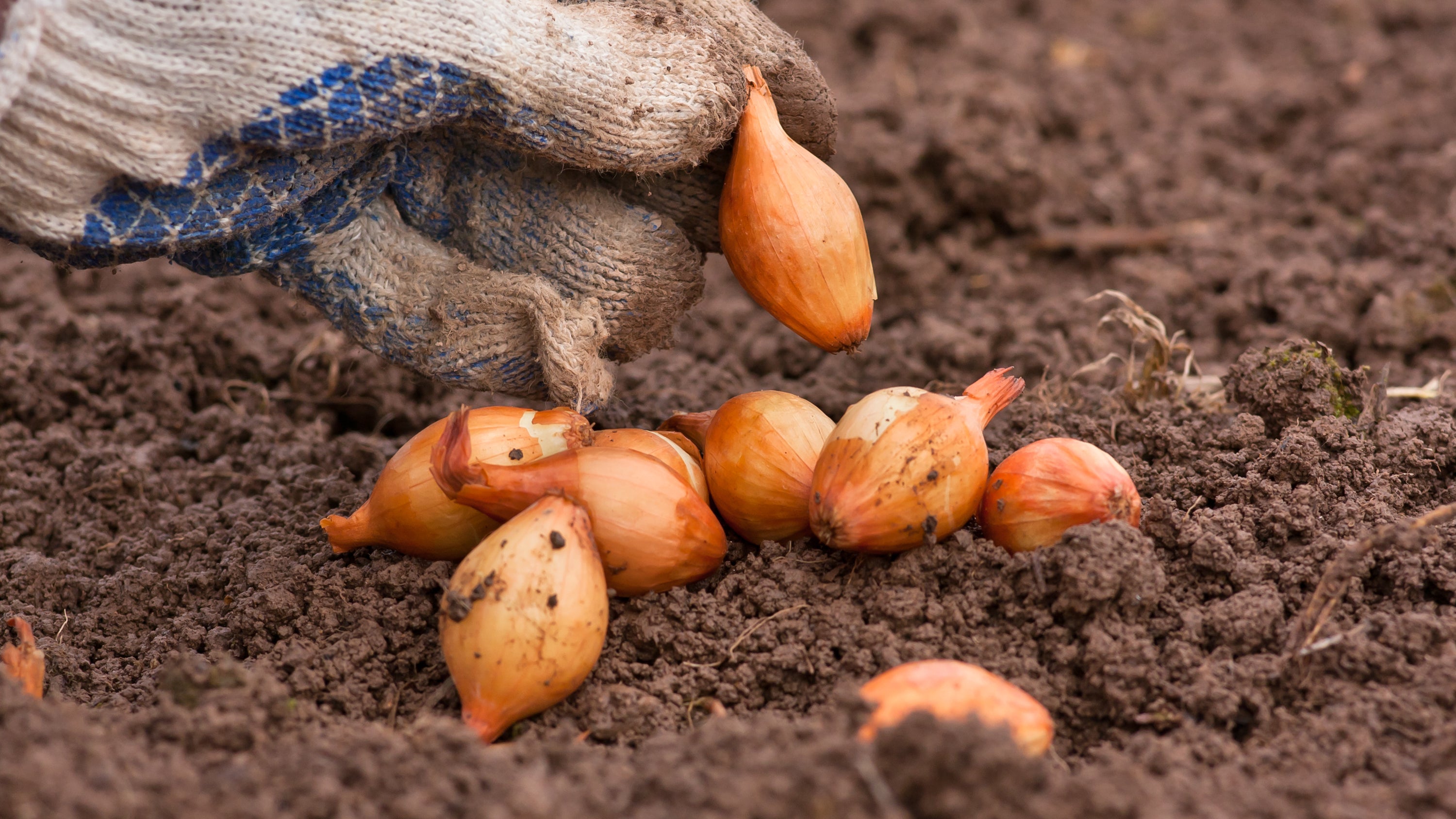
Onions aren’t exactly an expensive veggie at the grocery store, but onion sets are just so cheap they’re still worth it. An onion set is a baby onion, about the size of a grape, and you can buy them by the pound at garden or feed stores. Tuck them into the soil in early spring, and you’ll have full-sized onions by summer.
Potatoes
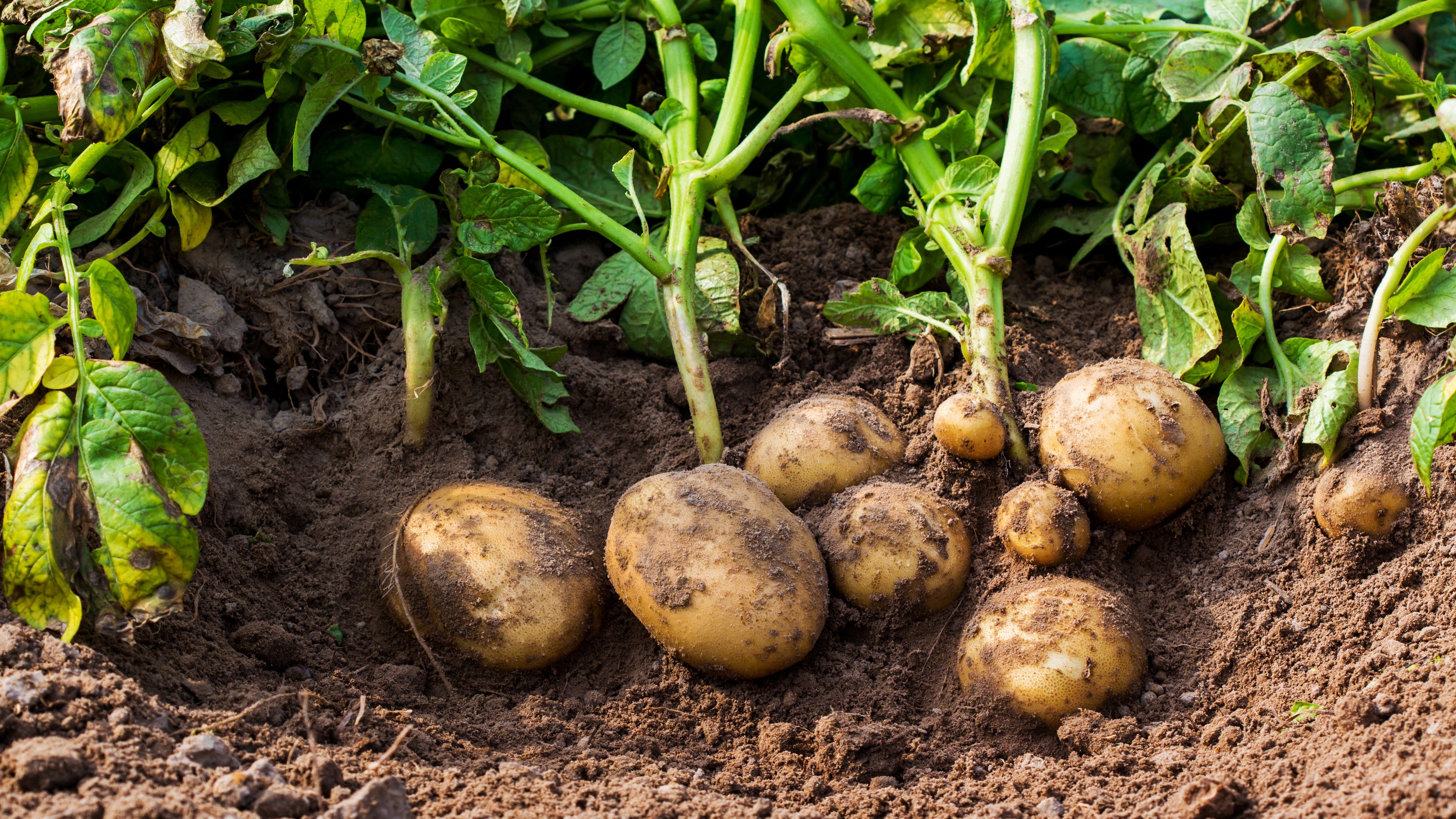
Sadly, I can’t grow potatoes in my current garden because we just have so many little voles and squirrels who will eat them as soon as they’re planted. But when I lived in an area with fewer backyard rodents, these were one of those simple and satisfying crops.
Cut a seed potato into pieces — at least one eye per piece — and a few months later you’re harvesting a half-dozen potatoes, or more, per plant. They store well in the right conditions, but potatoes fresh out of the ground are particularly tender and tasty.
Zucchini
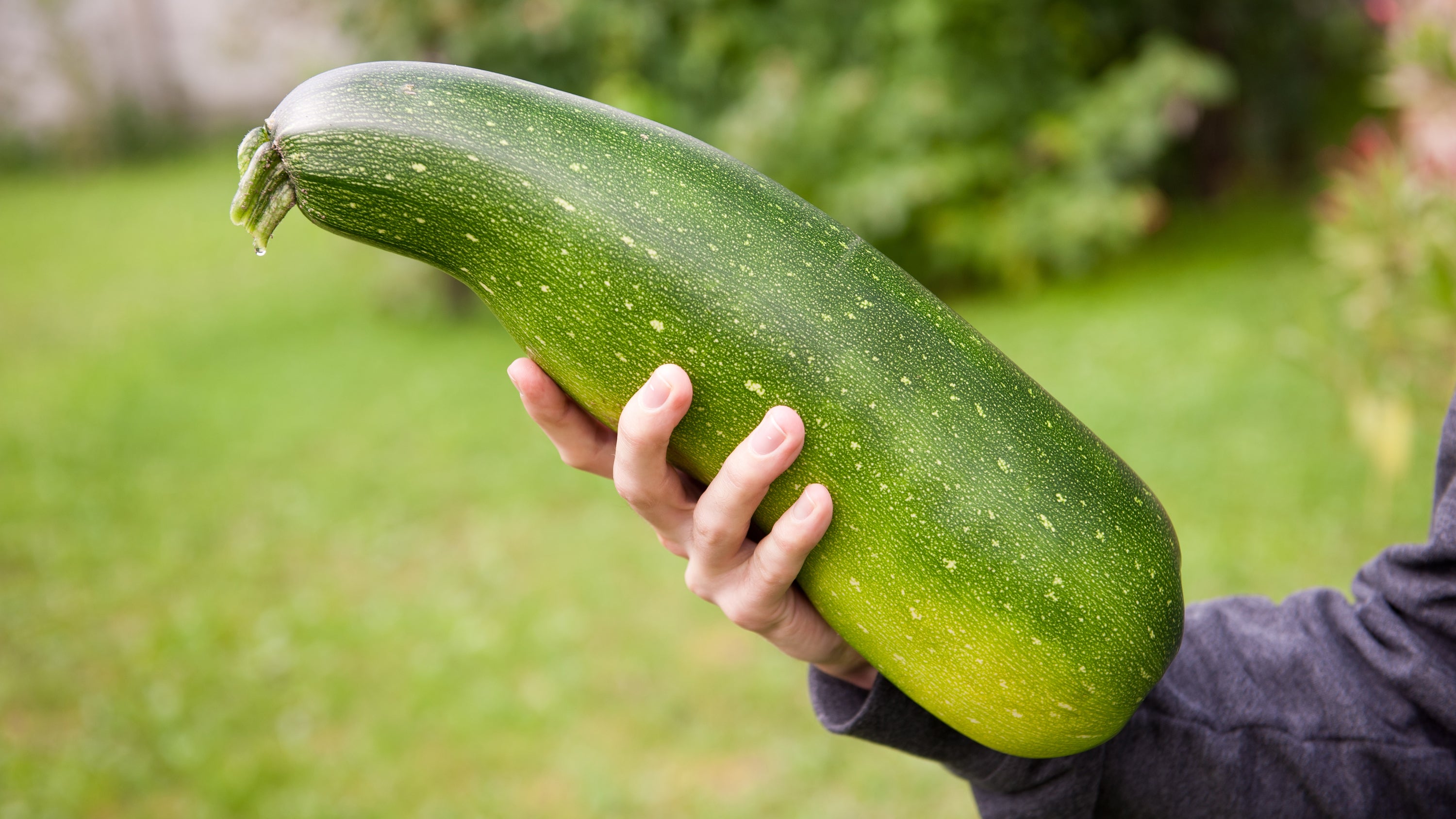
Zucchini is so easy to grow that it’s become a joke. If the rest of your garden is disappointing, it’s fun to grow a baseball-bat-sized zucchini just to know that you can. If, on the other hand, you want a more manageable harvest, pick your zucchinis when they’re small, and be vigilant about checking under those big leaves in case a would-be baseball bat is hiding. You can also stuff and fry the blossoms.
Sage

Before we go, I’d like to call out one more fresh herb, another perennial that you won’t need to replant each year. Sage is one of my favourites because it’s hardy enough to survive the first few frosts of the fall. On Thanksgiving morning, I can usually harvest a bunch of leaves to season the turkey, and still have dozens left over to fry in brown butter and serve as a garnish or a crunchy pre-dinner snack.
Lead image credit: Stock
This article has been updated since its original publish date.
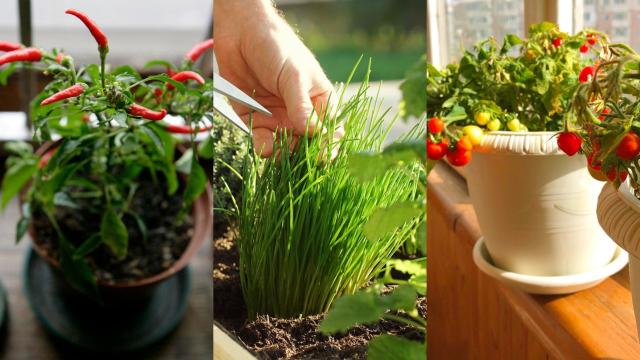
Leave a Reply
You must be logged in to post a comment.